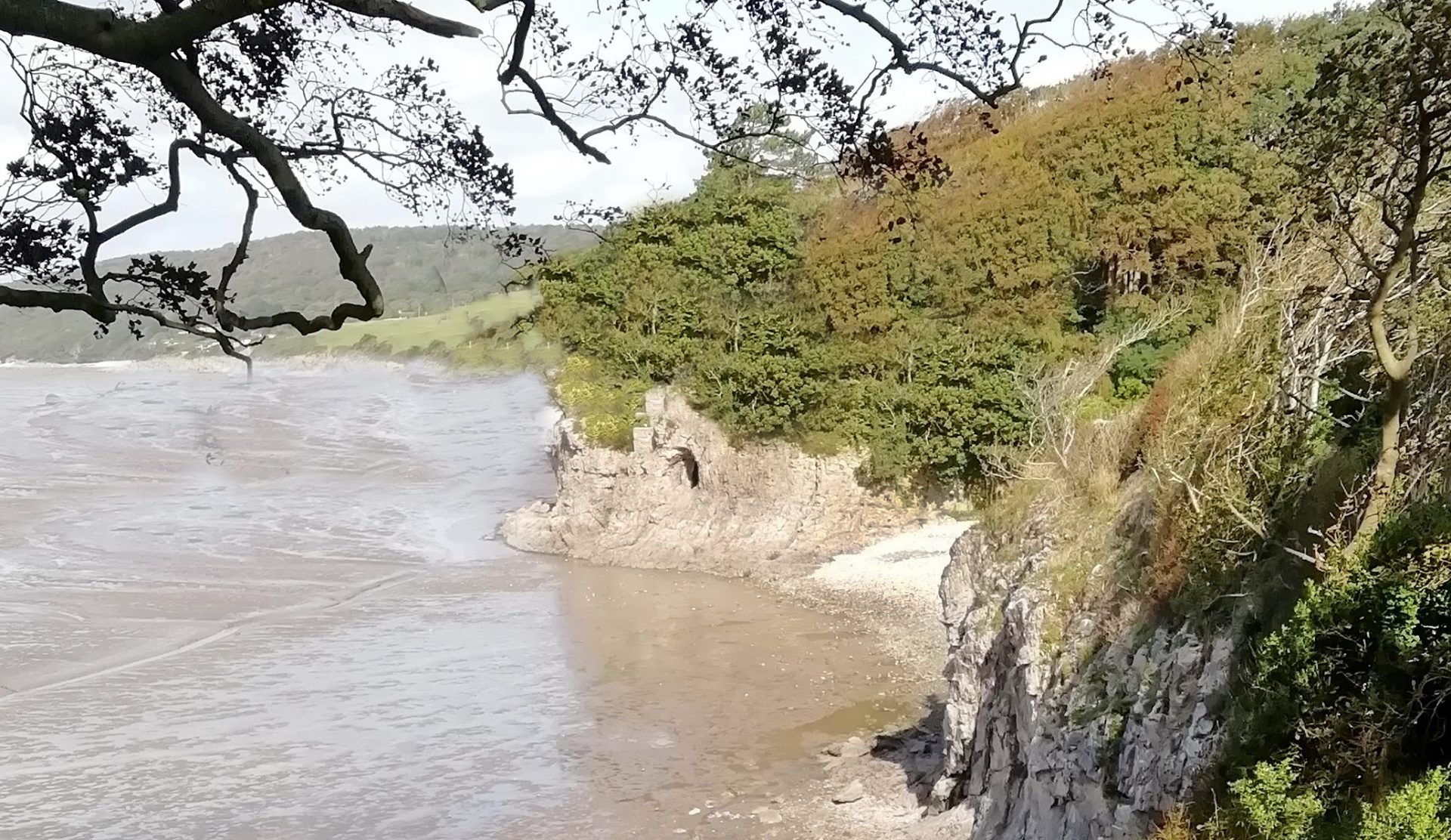
A BCRA field trip to the karst of the Arnside and Silverdale Area of Outstanding Natural Beauty will be held on Saturday 17th July, led by Phil Murphy.
The striking landscape around Arnside and Silverdale in north west England consists of a series of partially-wooded limestone hills (knolls) separated by areas of water-logged low-lying ground, locally called mosses. The hills are a result of ancient earth movements breaking up the limestone into discrete pieces and often giving a definite dip to the limestone beds. The mosses are where glaciers excavated valleys during the many times the area was inundated by ice during the Quaternary ice ages but, as much of the sea water was frozen into ice, the sea level was significantly lower than today. Ice streams therefore excavated to the sea level of the time leaving valleys which go below sea level today. When the ice melted and sea levels rose these valleys were flooded. Over time they have become filled with sediment up to today’s sea level, and remain waterlogged due to the low elevation, giving us the reed beds of Leighton Moss.
The area, forming part of the Morecambe Bay karst, remains a minor caving area meriting a single chapter in the latest caving guide. The area is however one of considerable natural beauty and geological interest attracting visitors seeking the picturesque and romantic during Victorian times.
The caves received attention from antiquarians and ‘bone hunters’ followed by more measured investigations at the beginning of the 20th century and during the 1960s and 70s. After World War 2 the area attracted the interest of cavers from clubs across the north of England. A rush of cave discoveries were reported in a number of caving club journals. Despite the limited extent of the caves, they do offer the potential to understand part of the geological history of the area. The surface landforms can be of significant size, and they differ from those seen in the less glacially-scoured Pennine karst.
The field trip will spend the morning visiting the caves around Silverdale’s picturesque cove looking for possible clues to aid our understanding of cave development and climate history in the area. This will involve a short (1 km) walk over the rocky and muddy foreshore to get to the study area. A helmet and light will be needed for a look underground. During the afternoon we will visit the impressive dolines of Deepdale, near Yealand Redmayne. This will involve approximately 4 km of walking on footpaths through forested rolling limestone country with some steep slopes.
Logistics: The meeting will start from the car park at the end of Shore Road, Silverdale (SD 4578 7494) at 10 am. We will then walk to the first field site (approx. 800 m), either along the foreshore or through the cliff top limestone grasslands depending on the state of the tides and weather. There is the possibility of parking at the field site for a single car but if this is needed we will organise a car share at the Shore Road car park. Please either bring your lunch, or arrange to visit the convenience store and cafes in Silverdale Village. For the afternoon we will meet at SD 4983 7614 and park on the roadside between Yealand Storrs and Yealand Redmayne.
Registration: There is a limit of 15 participants for this field meeting, To pre-book your place, please make a £5 payment to BCRA using our online payments page. Please inform the trip leader (Phil Murphy) that you have made this payment by email.
Correspondent: David Gibson, BCRA Secretary
All arrangements are subject to change, in order to ensure compliance with Covid regulations in force at the time.
BCRA is UK Registered Charity number 267828. Registered Office: Old Methodist Chapel, Great Hucklow, BUXTON, SK17 8RG
